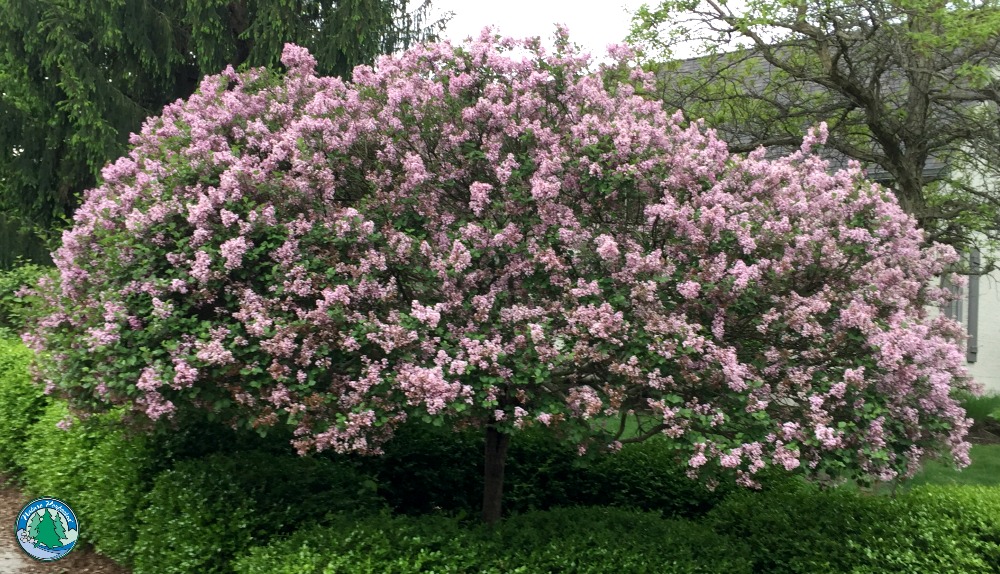If you take a look around your neighborhood, it may seem like there are only a dozen plant varieties that can be used in your Central Indiana landscape design. However, there are many opportunities to make your yard stand out with something different, beautiful and easy to care for all year long. Below we offer some of our favorite interesting plants for your landscape:

- Chief Joseph Launchpole Pine
We happened upon this plant a few years ago while doing what we flora and fauna geeks do on our time off, searching for interesting plants on the internet. Bill and Elizabeth planted a Chief Joseph Launchpole Pine in their yard and have had many comments on it. What makes it truly unique is how it reacts to winter – the needles turn bright yellow! The glow it gives off during our dreary months is fantastic. Then, in the spring as the new growth emerges, you can watch its transformation from yellow to dark green. In the fall the opposite occurs. This specimen is quite the conversation piece for your landscape! For a
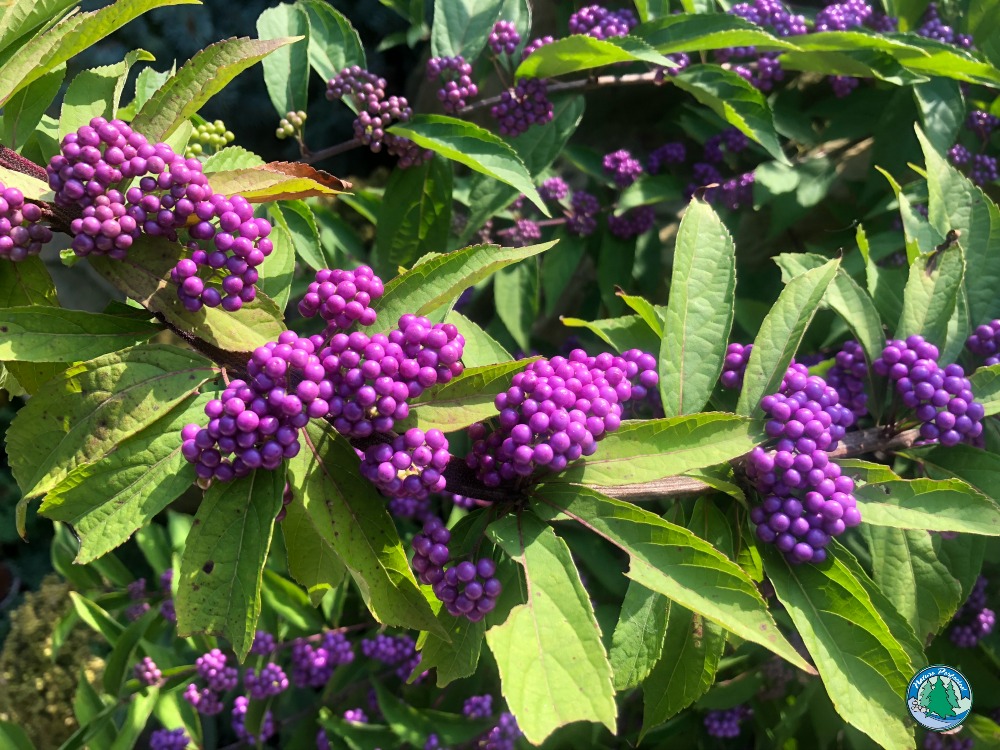
- 2. Beautyberry
We love this aptly named bush for its open, woodsy look that fits perfectly into a more natural landscape design. The Beautyberry’s foliage varies in color, from a typical forest green or lime green to maroon/purple. In the fall they establish fruit that stays on the branches all winter. The berries are shimmery lavender that stands out against the snow. And, they branch like an umbrella, so they also add a unique shape to your winter landscape. Beautyberrys stay a moderate size of about 6ft tall and wide, and they take well to trimming if you want to keep them smaller. They prefer full sun but will also do fine in partial shade. We typically plant them in groups of 3-5 but if you want more, go for it.
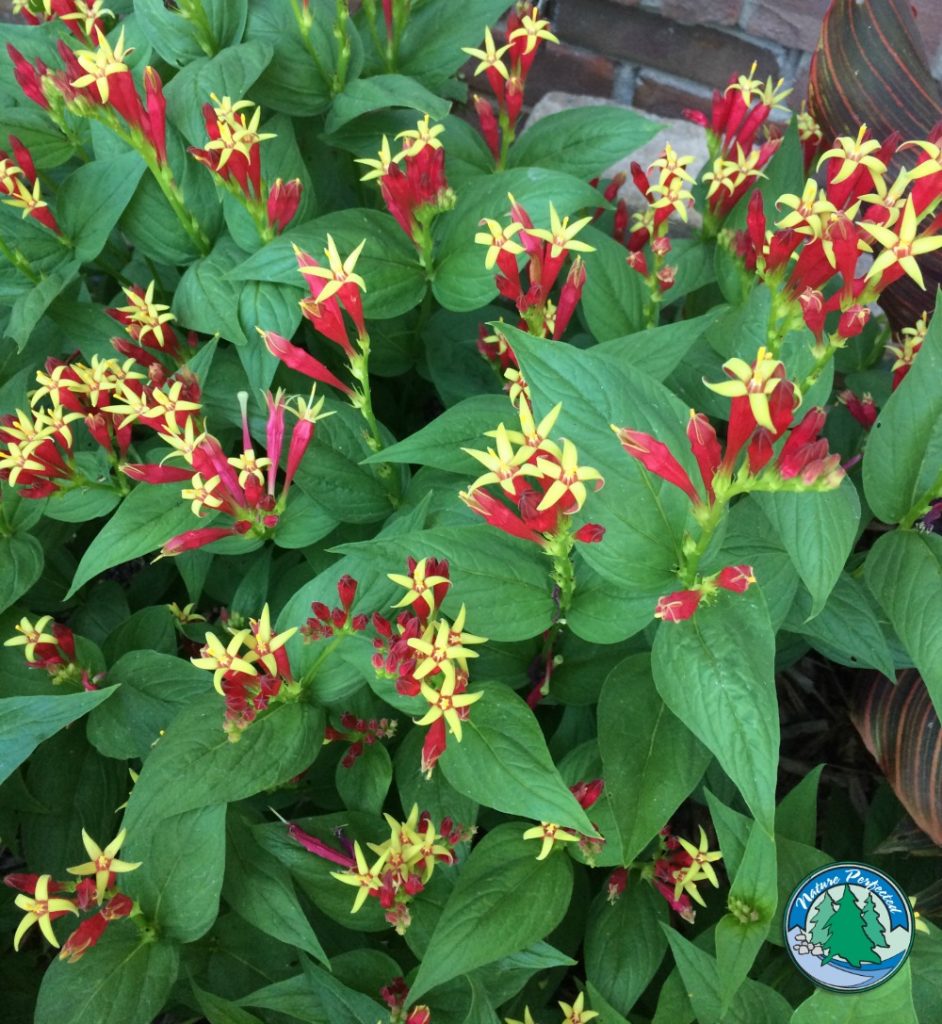
- 3. Indian Pink
Indiana Pink are perennials with a woodsy, wildflower vibe. They stay small (1-2ft tall, 1 ft wide) and bloom delicate red flowers with a yellow throat in late spring/early summer. Their natural habitat is the forest, so place them in part sun with a bit more moisture. Indiana Pink are drought tolerant and low maintenance since they haven’t been bred to need us! We find them to be a very pretty flower and their foliage is a nice color. This variety is a great way to attract honeybees and hummingbirds, and add a delicate look to your landscape.
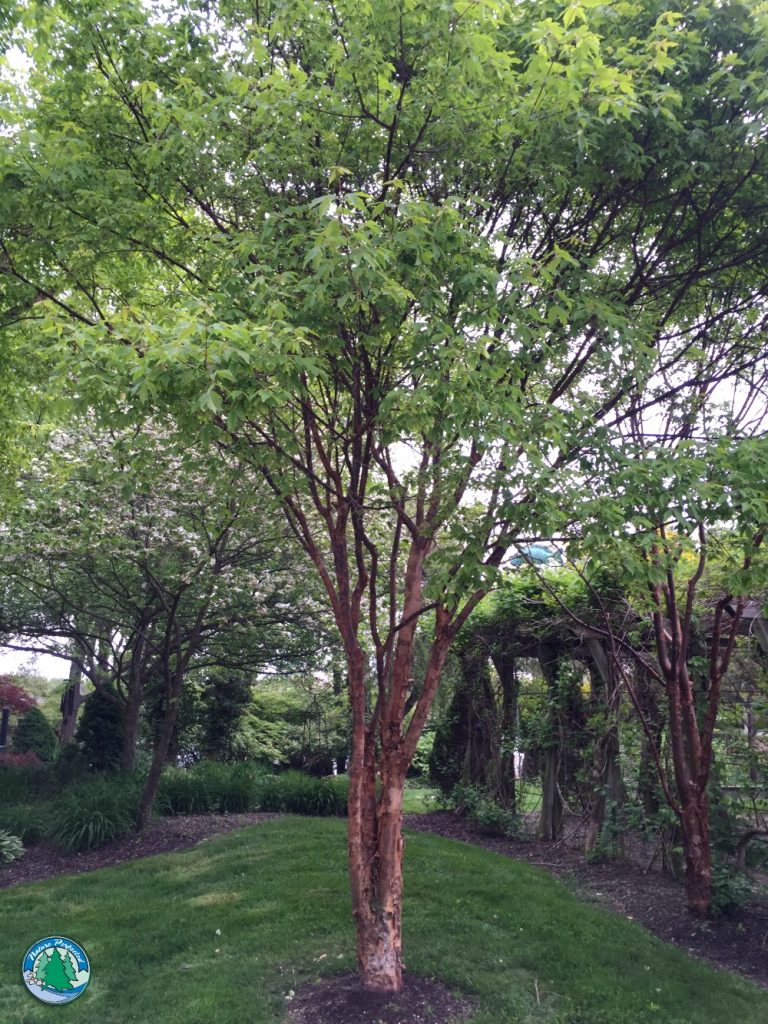
- 4. Paperbark Maple
Paperbark Maples are some of our favorite trees. They have really cool branching characteristics, standing upright and regal, and nice fine foliage of small, dark green leaves. They grow to 25-30ft tall, 20 ft wide, so they are on the smaller side. They tolerate partial shade but prefer full sun, and do not like direct westerly winds so you will want to plant them in a protected area. This variety is called Paperbark because the bark peels beautifully into a cinnamon-stick shape. In the fall they turn a gorgeous cinnamon orange color, and in winter the branching and peeling bark add visual interest. We suggest planting them in groupings of three, possibly near a protected patio area.
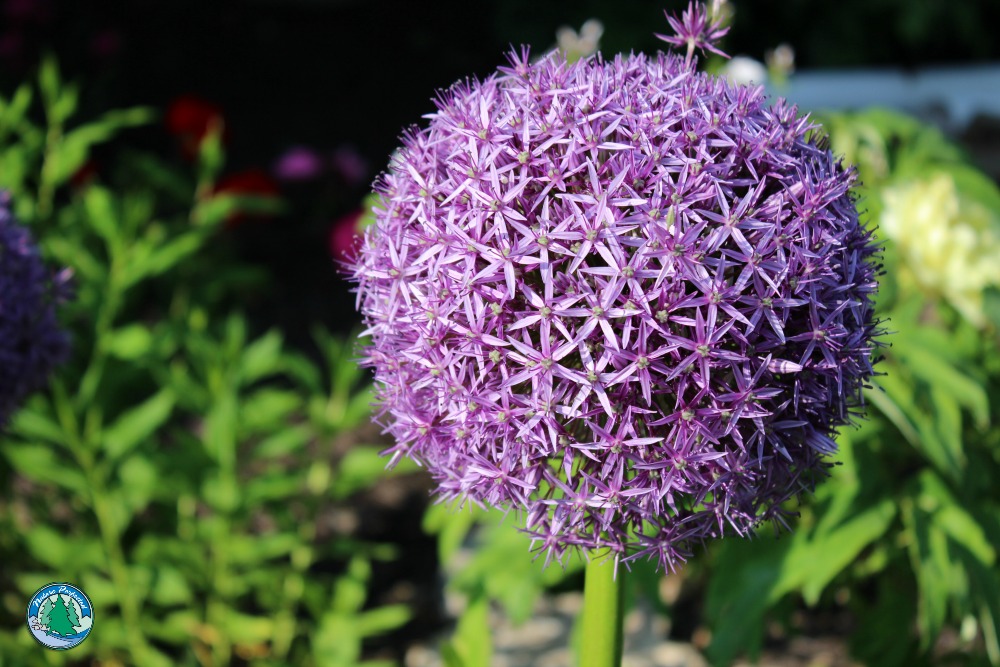
- 5. Allium (Ornamental Onions)
These beauties are knock-your-socks-off pretty when they are in bloom. Allium come in hundreds of varieties in all sorts of colors, shapes and sizes. Their bloom cycle depends upon their type, blooming only once spring through fall. We like to plant them in mixtures, watching their blooms move from one variety to another over the whole season. Even though they are a technically an onion, don’t eat them! They are planted as a bulb and are low maintenance even when they emerge. Allium are an easy way to add a pop of color to your landscape, and are especially striking when planted in mass. However, keep in mind that once they are done blooming their foliage is a bit plain, so you will want to have other things going on around them.
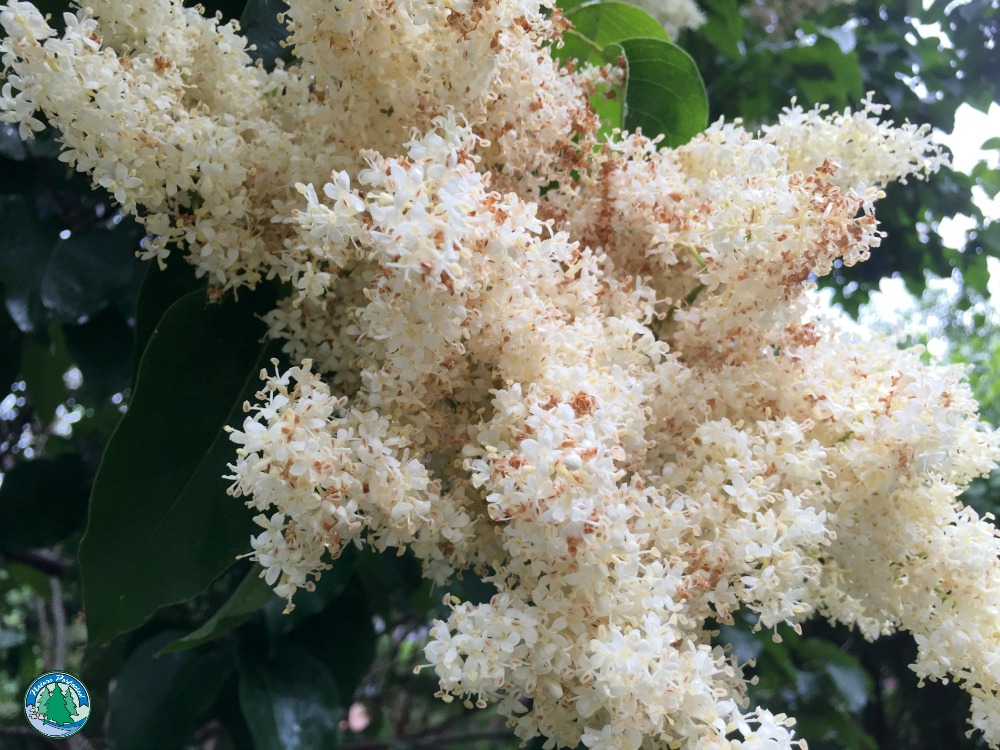
- 6 & 7 Chinese Tree Lilac or Korean Lilac
These two lilac varieties offer lovely color and aroma in late spring/early summer. Usually with white or pink blooms, they attract hummingbirds, butterflies and bees. They are not only low maintenance; they are also resistant to common diseases local varieties can contract. Both lilacs like full sun for best blooming, and they don’t want to be very dry but also do not want to live in a swamp. They can be planted in mass or on their own.
As you can tell by the name, the Chinese Tree Lilac is a tree (shown at the top of this article), which can grow to 30ft high x 20 ft wide. The Korean Lilac comes in a dwarf variety that stays 5-6 ft wide. It can serve as a beautiful source of color in the spring and a rich vegetative screen the rest of the summer.
Do you have a favorite unusual plant variety? Please share it with us by leaving a comment below.

